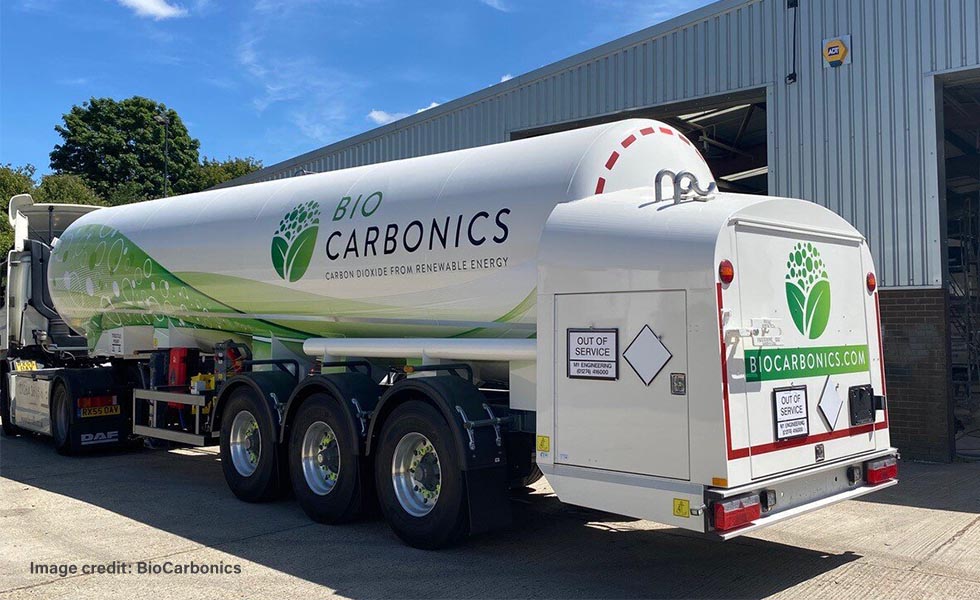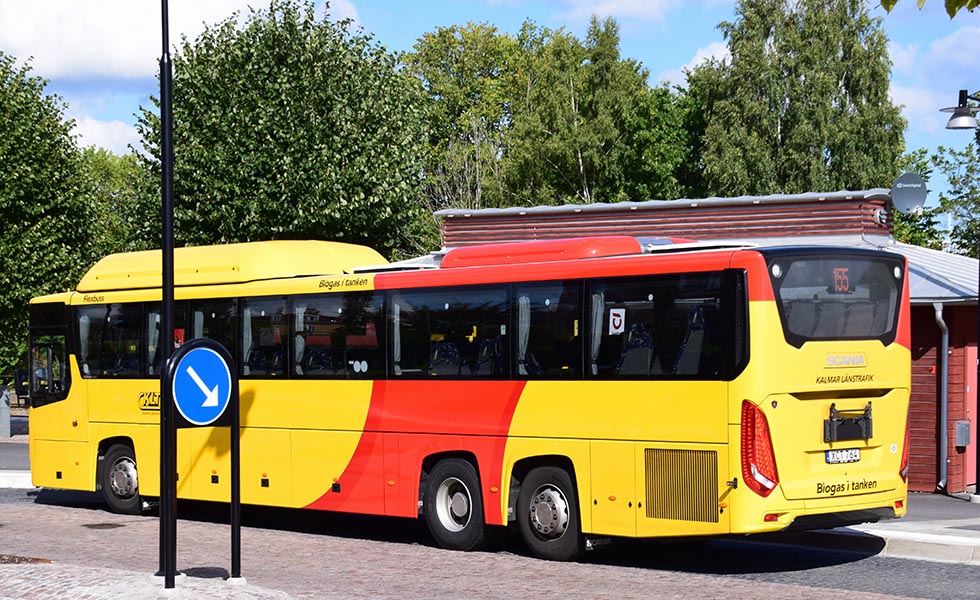Can Biomethane Expand to Fill a Gap in our Energy Mix?
Biomethane shares all the practical advantages of natural gas while offering the opportunity to recycle waste and reduce emissions. However, it accounts for a tiny fraction of gas demand today – does it have more than a walk-on part in our low-carbon future?
Making methane
Interest in biomethane is growing, as an alternative to fossil-derived natural gas, from which it is chemically indistinguishable.

Natural gas is produced from the fossilized remains of ancient organic matter extracted from buried reserves. Biomethane, meanwhile, is produced from ‘fresh’ organic matter. Feedstocks (such as crop residues, manure, wastewater sludge, and food waste) are made to decompose in the absence of oxygen to produce biogas: a gaseous cocktail mainly composed of methane (around 60 percent) and carbon dioxide (around 40 percent). Technologies such as water scrubbing and membrane separation then remove the carbon dioxide and other contaminants from biogas, leaving behind almost pure methane: biomethane.
Although there are alternative means of producing biomethane, such as thermal gasification of biomass or using algae in a photosynthetic reactor, these are not employed at large scale. Upgrading biogas currently accounts for 90 percent of biomethane production.
Renewable natural gas for the circular economy
Biomethane has the potential to be deployed widely as a substitute for natural gas: in electricity production; water and space heating; cooking; and even in transport. This can happen without the need for any changes in distribution infrastructure or end-user equipment. Today, it is mostly used for electricity and heat generation.
In addition to the practical advantages of natural gas, such as flexibility, high-temperature heat, and ease of storage and transport, biomethane offers attractive circular economy and emissions reduction potential.

As biomethane is generated from waste, there is considerable interest in building circular economies around it. One assessment, exploring the use of subsidies to help transition Rome’s transport network to a biomethane-based system, found this would significantly help “close the loop” and contribute to transport decarbonization. Because concentrated CO2 is the main by-product when biogas is upgraded, biomethane production can also be integrated into the future carbon economy, thanks to Carbon Capture and Storage (CCUS). BioCarbonics is working with the UK biogas industry, for instance, to capture and process waste CO2 so that it can be used by local food and beverage companies.
Biomethane offers the opportunity to reduce emissions in three ways. It avoids the stew of emissions naturally entering the atmosphere as organic matter decomposes; displaces fossil fuels as energy sources; and the ‘digestate’ obtained as a by-product helps return organic carbon to the ground while reducing demand for carbon-intensive fertilizer production. Storing the carbon would render it a carbon-negative fuel. In the UK, AstraZeneca has partnered with energy firm Future Biogas to develop a 125GW biomethane plant from which CO2 will be captured and stored underground. Research suggests pairing biomethane production with CCUS has the potential to remove up to 3.5 Gt of CO2 equivalent per year by 2050.
Working with biomethane
Given these advantages, it is worth asking why the world has not jumped enthusiastically onto the biomethane bandwagon – it represents just 0.1 percent of natural gas demand.

The cost, scalability, and 'greenness' of biogas and biomethane depend on production. The main environmental concern associated with biomethane is leakage of pollutants – and given the volatility of methane, this can seriously compromise emissions reductions. Upscaling has been bottlenecked by access to organic waste, locating it within a serious global debate about biomass and land use. Above all else, to date, biomethane has not offered a cost advantage over natural gas. However, very recently – prompted by rising prices of electricity and natural gas – that production has picked up.
There is now 18GW power capacity running on biogas globally. It is developing a foothold in Europe – where many subsidies support biomethane as a transport fuel – and rapidly expanding in Brazil, China, and India, with production facilities in these countries tripling in number since 2015. The nascent biomethane industry is heterogenous: in the US it is centered around landfill gas collection while in China the focus is on small-scale digesters (with a view to improving access to clean household fuels). Thailand harnesses biogas from its pork farming and cassava starch industries, while Brazil has considerable biogas capacity centered on vinasse, a by-product of ethanol.
The future of biomethane

According to the International Energy Agency, biomethane has “significant potential for growth”. However, this growth will not happen by accident, and will therefore require policy support of the sort that already exists in Brazil, Canada, and some European countries to incentivize low-carbon fuels.
Biomethane is a small player at present, but its advantages are well known. With policy support - and as pressures grow in the natural gas market – it could gain more of a foothold in the near future.






